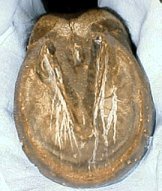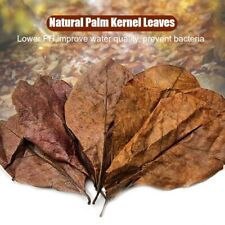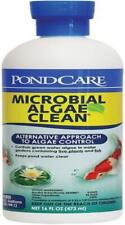Basic Hoof Care for Horses

Basic care begins first with making sure there is nothing in the pasture, paddock, corral or stall that can harm the horse’s hooves or legs. This means all loose boards, protruding nails or screws, loose nails or other sharp objects on the ground must be picked up, repaired or removed. Wire, baling twine, rope and other entanglements must also be removed. This takes continuous observation and maintenance.
The next thing is to clean the hooves regularly as part of grooming. Use a hoof pick to remove stones, dirt, manure and other objects from the horse’s hoof. This routine of cleaning the hooves should begin when the foal is very young. That is why it is important to handle the foal from birth, including touching the legs and feet and picking up the feet as the foal gets a little older.

Horses and ponies need their feet trimmed about every 3 months or so. The farrier, or horse shoer, is the most important person you can call on except for your vet. Fees for trimming vary across the country, but usually are between $15.00 and $40.00. The farrier will check your horse’s feet for injury, rot and disease. He will make recommendations to you about special care your horse may need and may even refer you to your veterinarian if needed.
After your horse has it’s feet trimmed it may experience some tenderness, especially when walking on rough ground or gravel. This is normal for many horses, but should not last very long. If your horse experiences prolonged lameness, call you vet. Farriers can make mistakes and not all of them are good…just like everything else. Get references before you choose a farrier, ask your friends who they use. Check the person out before you trust your horse to him or her.
If you are riding your horse on the street, taking it to shows, trail rides and so on, you need to have your horse shod. Again, the farrier is the one who does this. He or she will fit iron shoes to your horses foot, and, after trimming the hoof, nail the shoe into place.
There are two basic kinds of shoeing – hot and cold. Hot shoeing means the farrier heats the shoe and shapes it to the horse’s foot. Cold shoeing means the farrier uses standard shoes and basically fits your horse’s hoof to the appropriate size shoe. Both methods are fine, it is a matter of personal taste as to which one you choose. Sometimes your vet may recommend one over the other depending on the health of your horse’s feet.
After shoeing you need to pick out your horse’s feet every day and after each ride. Stones and other objects can become lodged inside the shoe causing lameness in your horse. Another concern is if your horse is standing in mud and/or manure for long periods. This can cause the hoof to become soft, rotten and lead to diseases like thrush. Try to move your horse to a drier area and if that is not possible clean the hooves more frequently and take your horse out of the mud, rinse the feet and let them dry out. Hoof dressing can help protect the feet, apply it to a clean dry hoof.
There are many books available from stores and your library on horse care in general and hoof care in particular. This is just an overview. There are many kinds of shoes and methods of shoeing for different breeds and uses. Take care of your horse’s feet and legs and you will enjoy him being sound for many years.













